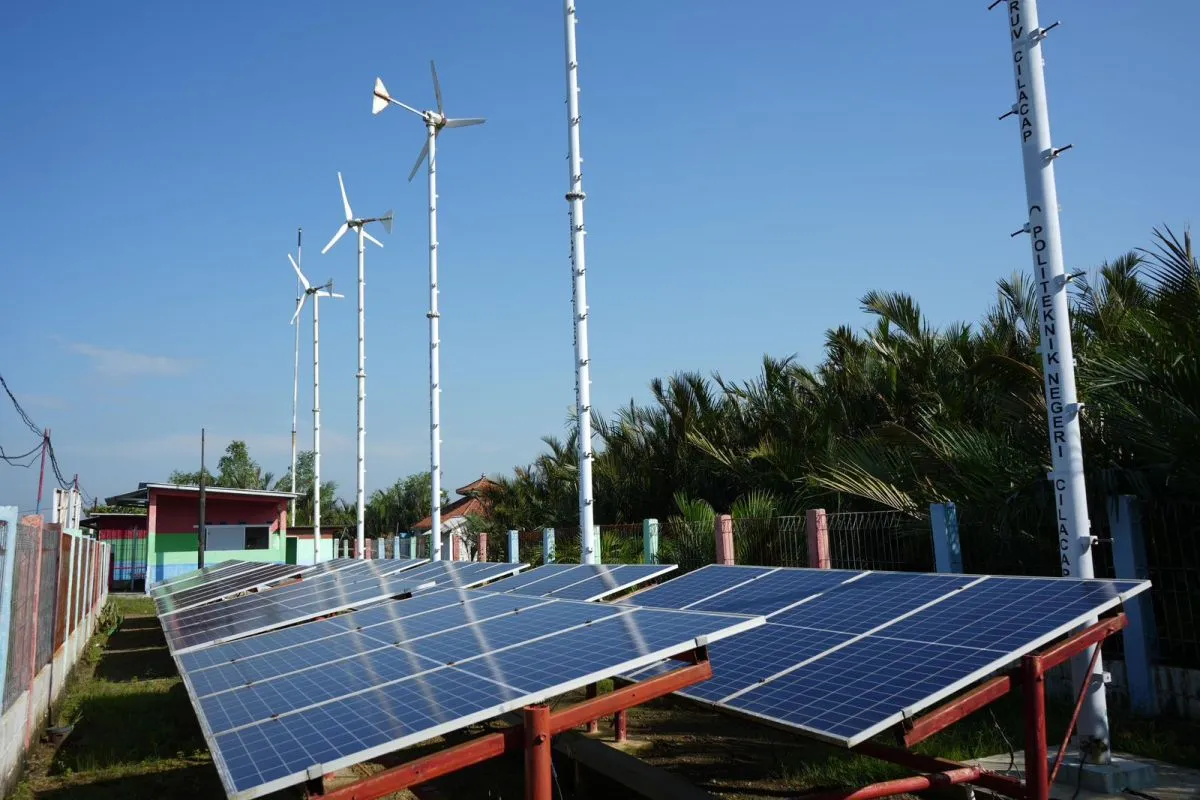A recent IESR study shows Indonesia holds over 3,686 GW of technical renewable energy potential. Out of 1,500 identified sites, 333 GW of utility-scale projects are financially viable. The study, titled “Unlocking Indonesia’s Renewables Future: The Economic Case of 333 GW of Solar, Wind, and Hydro Projects,” highlights opportunities for solar, wind, and hydro.
The research found 548.5 GW of potential across selected locations. Of this, ground-mounted solar projects could provide 165.9 GW, onshore wind projects 167.0 GW, and mini/micro hydro projects about 0.7 GW. These figures represent projects deemed financially viable under current tariff rules and project financing structures in Indonesia.
Indonesia aims to raise its renewable energy mix above 23 percent, with ambitions to reach 50 percent by 2030. The study underlines that tapping into the 333 GW potential can help achieve these targets. This strategic move is expected to boost the nation’s renewable energy capacity and support sustainable economic growth.
Fabby Tumiwa, Executive Director of IESR, stated, "Renewable energy technology and energy storage are becoming increasingly advanced and affordable. In several countries, combinations of ground-mounted solar and onshore wind with dispatchable batteries have more competitive electricity prices compared to gas power plants and coal-fired power plants. The transition to clean energy not only reduces emissions but also can serve as a strategy for economic growth and create new jobs through the expansion of solar manufacturing driven by increased demand."
The study identifies six prime regions for renewable development. Papua and Kalimantan are best suited for solar projects, while Maluku, Papua, and South Sulawesi offer optimal conditions for onshore wind. West Sumatra and North Sumatra are highlighted for mini and micro hydro projects. Approximately 61 percent of the 333 GW, or about 206 GW, exhibits an Equity Internal Rate of Return above 10 percent.
IESR recommends that the government allocate land for renewable projects and streamline permitting processes. They also advise setting specific renewable energy targets. Enhancements in grid planning, network expansion, and procurement reforms at PLN are suggested to better integrate these high-potential sites into the national energy mix.
Additionally, IESR submitted pre-feasibility technical reports for three specific locations. These include an onshore wind project in South Sulawesi, a Pump Hydro Energy Storage project in South Sulawesi, and a floating solar project in South Kalimantan. These reports were handed to the Directorate General of New and Renewable Energy and Energy Conservation (EBTKE) to help incorporate the projects into PLN’s RUPTL.
The study underscores that leveraging Indonesia’s 333 GW of financially viable renewable energy projects could reduce emissions, drive economic growth, and create jobs. With advancing technology and decreasing capital expenditures, further improvements in regulation and infrastructure may unlock even greater potential.
PHOTO: ANTARA/PERTAMINA
This article was created with AI assistance.
Read More






 Thursday, 20-11-25
Thursday, 20-11-25







